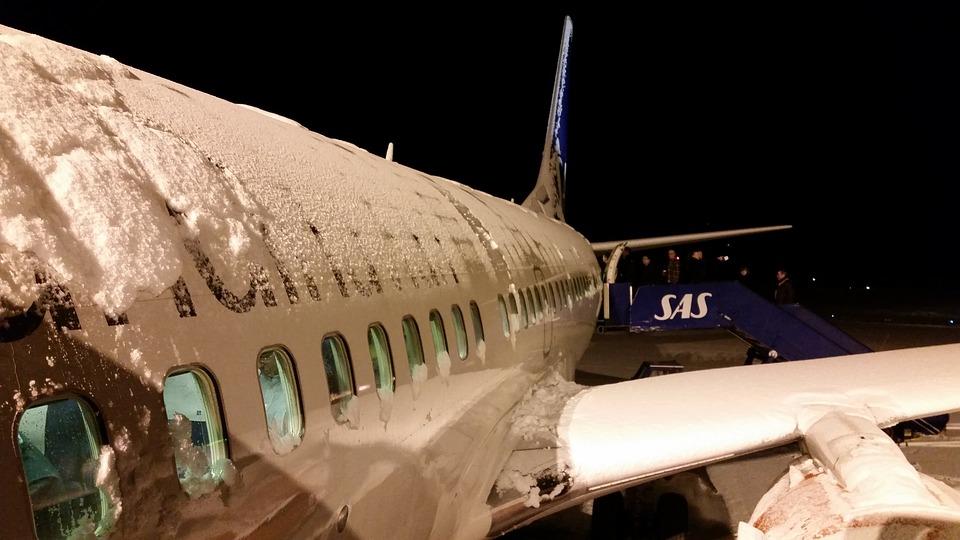
How can airlines disrupt disruptions?
The question then becomes, how can an airline recover quickly? Right now, their systems don’t fully take advantage of the possibilities available in a digital world. Canceled flights and crew in the wrong places cause lengthy delays as systems groan under the volume of customers and crew that need to be assigned to new flights. But in a world of downwards price pressure and rising fuel costs that burn margins, it’s critical for airlines to find new operational efficiencies and reduce costs. Chatbots and machine learning can be particularly useful in helping airlines recover efficiently - both on the customer and crew side.

Chatbots are no stranger to hype. The potential is often voiced through a consumer commerce lens: customer friendly bots that shoppers ask “what black jeans do you have in size 32” or “show me flights to Madrid on September 1st”. The operational application can be even more promising, but is often overlooked. Applying bots and machine learning to irregular operations can be seen as a logical next step for airlines already exploring them for check-in and booking.
Rethinking the passenger experience during disruptions
Let’s take a look at the current recovery process for customers and crew during weather woes to see where chatbots and machine smarts can help.
Perilous weather causes large scale flight delays and cancellations. Passengers need to be assigned to a new flight. This results in one of two scenarios:
- Passenger calls the airline reservation center, their travel agent or finds a service counter at the airport. Wait times are very long.
- Passenger receives a text or push notification via the airline’s app with a reassigned flight option or two.
One step further, airlines could mine the customer's purchase history to intelligently suggest flight options that customers are most likely to accept. This would help to reduce the back and forth with staff and get customers back on their way quickly.
What about crew?
Getting customers informed and assigned to another flight is only one side of the equation. The same technologies and logic can be applied to getting flight crews back in the air and restoring operations.
Most major airlines have invested in some type of recovery solutions software that works through complex algorithms to get crews and aircraft back to a normal schedule. Yet many airlines still don’t communicate on the crew members’ personal mobile devices, let alone in an automated way. The airline’s Operations Control Center creates solutions and pushes them out to operations personnel via phone, one-way, no-reply text messages to crew mobile devices or their company intranet systems. During large delays, dozens of planes and hundreds of crew members may be affected and are awaiting reassignment. The number of Operations Control Center dispatchers available to take calls from crew members, create solutions and send out the necessary messages is limited. This produces long waits on the phone or in a crew lounge for crew members that can run to several hours. Airlines can save time and money by pushing targeted, potential solutions directly to the crew member’s mobile devices, and giving them the option to accept, reject, or look for another option directly with a conversational interface.
The key is to provide an additional channel for crew communications that is two-way. Crew members can acknowledge acceptance of a reassignment, or if there is an issue hindering acceptance, interact with an intelligent back-end system to explore possibilities. The goal is to reduce the delay time in getting crews back in the air and the airlines’ network restored to normal. Technology should not be a limiting factor in this process.
Time to automate
Advances in natural language processing, mobility, and AI have the potential to transform airline operations, simultaneously reducing cost and increasing customer satisfaction. Though many customer-facing bots are more ‘hype’ than ‘help’, the relatively narrow range of responses in this scenario provides a compelling use case.
Disclaimer: The statements and opinions expressed in this article are those of the author(s) and do not necessarily reflect the positions of Thoughtworks.

















